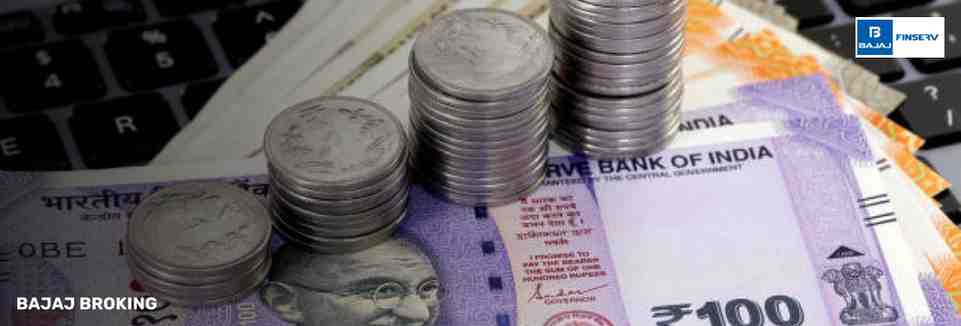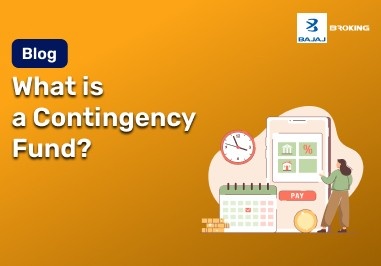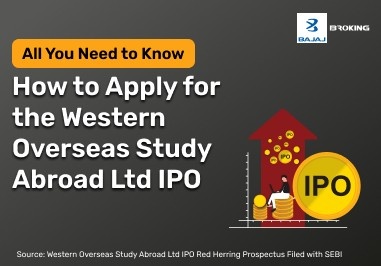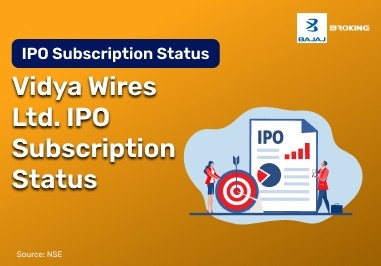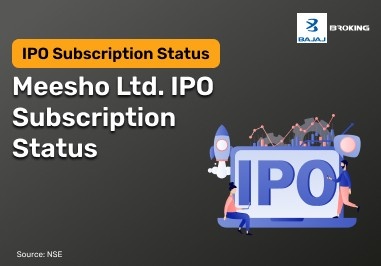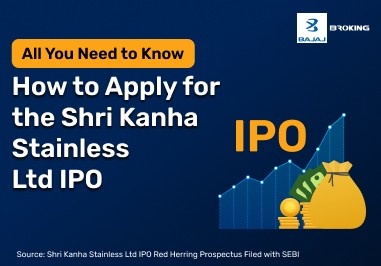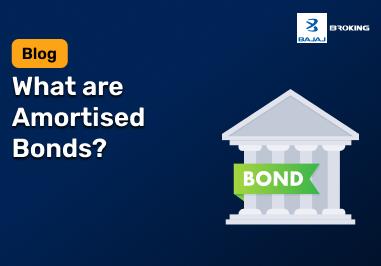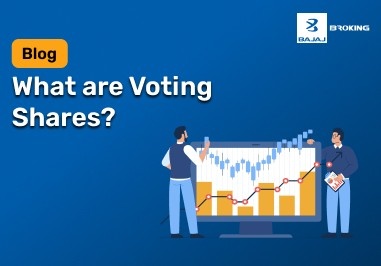The Employee Provident Fund (EPF) is a retirement savings plan set up by the Indian government to help employees build a financial cushion for their post-retirement life. This post explores why EPF matters, who is eligible, how contributions work, the benefits, and how it compares to other retirement options.
When you want to withdraw money from your EPF account, you need to apply to the Employees’ Provident Fund Organisation (EPFO). Valid reasons and supporting documents must be submitted. Also, please note that tax may be deducted from your withdrawal in the form of TDS (Tax Deducted at Source). Let's take a look at how that works.
Meaning of TDS
The Employee Provident Fund (EPF) is a retirement savings plan set up by the Indian government to help employees build a financial cushion for their post-retirement life. This post explores why EPF matters, who is eligible, how contributions work, the benefits, and how it compares to other retirement options.
When you want to withdraw money from your EPF account, you need to apply to the Employees’ Provident Fund Organisation (EPFO). Valid reasons and supporting documents must be submitted. Also, please note that tax may be deducted from your withdrawal in the form of TDS (Tax Deducted at Source). Let's take a look at how that works.
Why TDS is Important?
TDS promotes tax compliance and reduces the burden of lump-sum tax payments at the end of the financial year. Here’s why TDS is important:
1. Ensures Steady Revenue for the Government
TDS provides the government with a regular flow of funds instead of waiting for year-end tax payments.
2. Helps Prevent Tax Evasion
Since tax is deducted at the source, it becomes harder for individuals or businesses to hide income.
3. Reduces the Burden of Paying Full Tax at Once
Taxpayers don’t have to pay a large lump sum at year-end, making it easier to manage finances.
4. Encourages Disciplined Tax Filing
Regular deductions keep individuals in the habit of maintaining records and filing returns on time.
5. Makes Tracking of Income and Transactions Easier
TDS records create a paper trail that helps authorities verify income and detect discrepancies.
6. Ensures Wider Tax Base Coverage
It brings more people under the tax system, even those who may not voluntarily file taxes.
7. Builds Transparency and Accountability in the System
With clear records of deductions, both taxpayers and the government benefit from greater transparency and fewer disputes.
Eligibility for EPF Withdrawal
EPF withdrawals are permitted for specific purposes, subject to certain conditions. Here are the key situations where you can tap into your EPF savings:
1. Marriage Expenses
You can take out up to 50% of your contribution for your own wedding or that of your child, sibling, or other dependents, after at least 7 years of contributions.
2. Unemployment
If you lose your job, you can withdraw 75% of your EPF after one month of unemployment. If joblessness continues for over two months, you can take out the remaining 25%.
3. Medical Needs
In case of medical emergencies for yourself or family, you can withdraw either six months’ basic salary plus dearness allowance or your full contribution with interest, whichever is lower.
4. Education
For higher education (your own or your child’s, post-class 10), you can withdraw up to 50% of your contribution after 7 years of service.
5. Home Renovation
EPF funds can be used for home improvements up to two times, once after 5 years and again after 10 years of house construction. The limit is 12 months’ basic salary plus DA or your own contribution with interest.
6. Specially-Abled Needs
If you're a specially-abled employee, you can withdraw up to six months’ basic pay or your contribution, with interest, to purchase assistive equipment.
7. Loan Repayment
To pay off a home loan, you can withdraw up to 36 months’ basic wages plus DA or the total of your contributions with interest, after contributing for at least 10 years.
8. Before Retirement
You can withdraw up to 90% of your EPF balance one year before retirement, or once you turn 54.
When is TDS Not Deducted on EPF?
When the Provident Fund (PF) is transferred from one PF account to another.
If an employee leaves the job due to reasons such as poor health, the employer shutting down the business, project completion, or any other reason beyond the employee’s control.
When the PF amount is withdrawn after completing 5 years of continuous service.
If the PF amount is less than ₹30,000 and the employee has worked for less than 5 years.
If the withdrawal is ₹30,000 or more, and the employee has less than 5 years of service, but submits Form 15G or 15H along with their PAN to claim exemption.
Tax Rules on EPF Withdrawals
As per Section 192A of the Income Tax Act, TDS is applicable when you withdraw from your EPF account, but only under specific conditions:
In such cases:
10% TDS is deducted if you provide your PAN card.
30% TDS is charged if PAN is not submitted.
No TDS is applied if your withdrawal is under ₹50,000 or your service exceeds 5 years.
EPF Withdrawal Taxability Table
Take a look at the TDS deduction rates:
Scenario
| Taxability
|
Amount withdrawn is < ₹50,000 before completion of 5 continuous years of service
| No TDS. However, if the individual falls under the taxable bracket, they must include the withdrawal amount in their income tax return.
|
Amount withdrawn is > ₹50,000 before completion of 5 continuous years of service
| TDS at 10% if PAN is furnished. No TDS if Form 15G/15H is submitted.
|
Withdrawal of EPF after 5 years of continuous service
| No TDS. The amount is tax-exempt and does not need to be declared in the income tax return.
|
Transfer of PF from one account to another upon a job change
| No TDS. Not taxable, so no need to declare it in the income tax return.
|
Before 5 years of service, if employment ends due to ill health, the employer’s business shuts down, or for other reasons beyond the employee’s control
| No TDS. The amount is tax-exempt and does not need to be declared in the income tax return.
|
Ways to Avoid TDS on EPF Withdrawals
You can legally avoid Tax Deducted at Source (TDS) on your EPF withdrawals by following a few simple practices:
Transfer your PF account when you change jobs, rather than withdrawing the balance.
Wait for five years of continuous service across employers before withdrawing your EPF; after five years, no TDS is applicable.
Keep the withdrawal amount below ₹50,000, TDS is not deducted if the amount is less than this threshold.
Being mindful of these points can help you retain your full EPF savings without unnecessary tax deductions.
Conclusion
EPF is not just a retirement tool; it can also be a financial safety net in various life situations. However, if you're withdrawing before 5 years of service or withdrawing large amounts, be mindful of TDS deductions. Updating your PAN details with EPFO can help reduce your tax burden.
